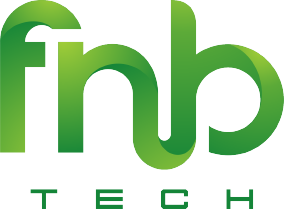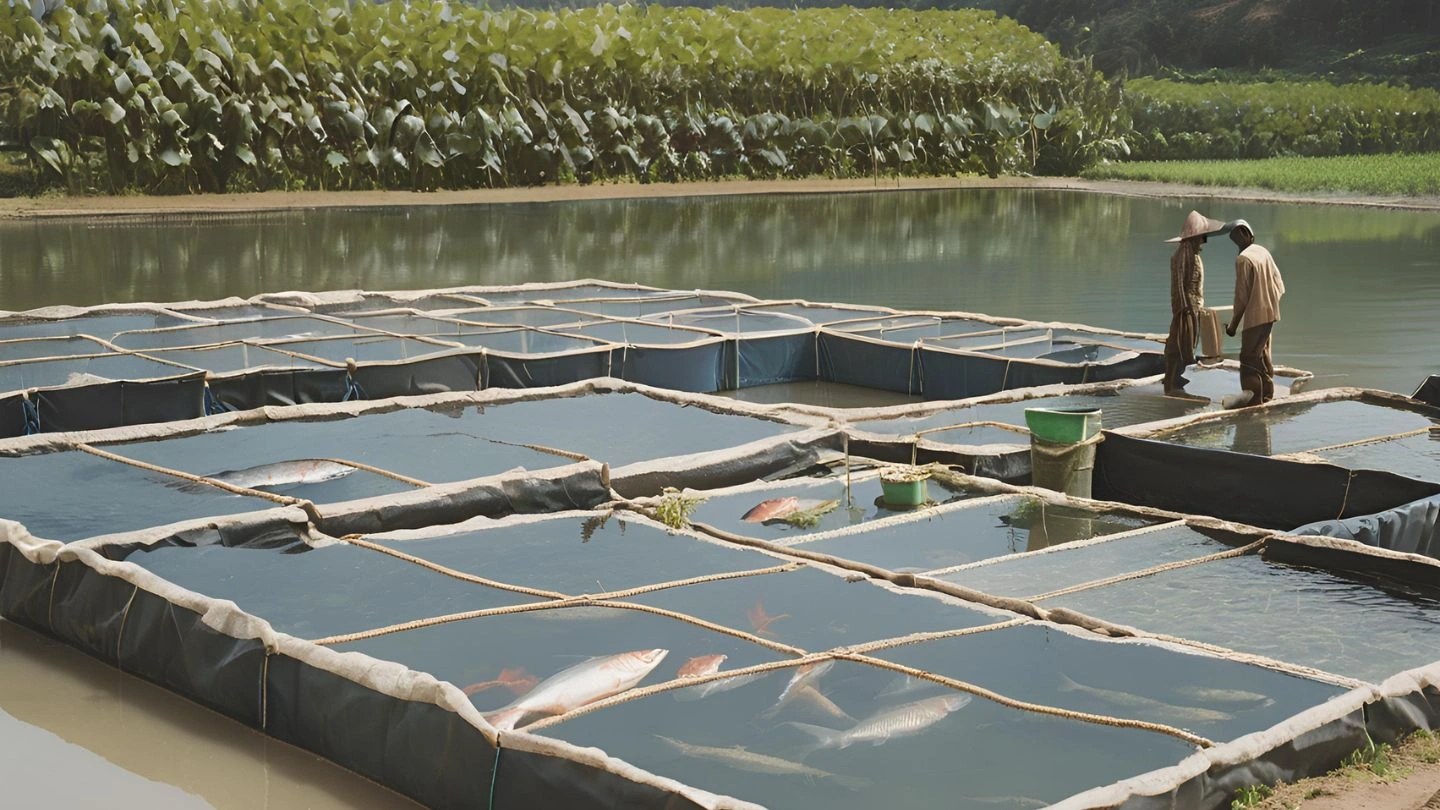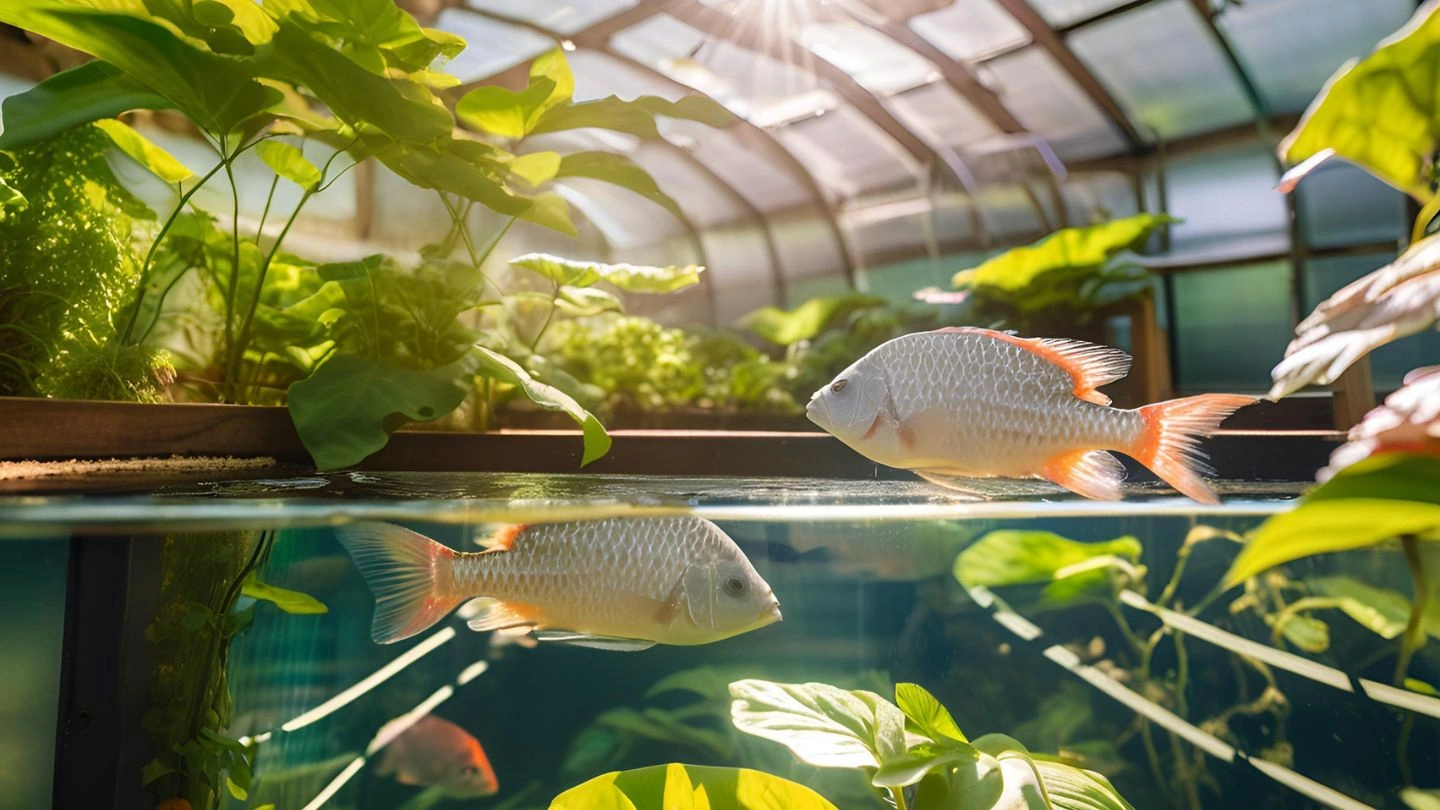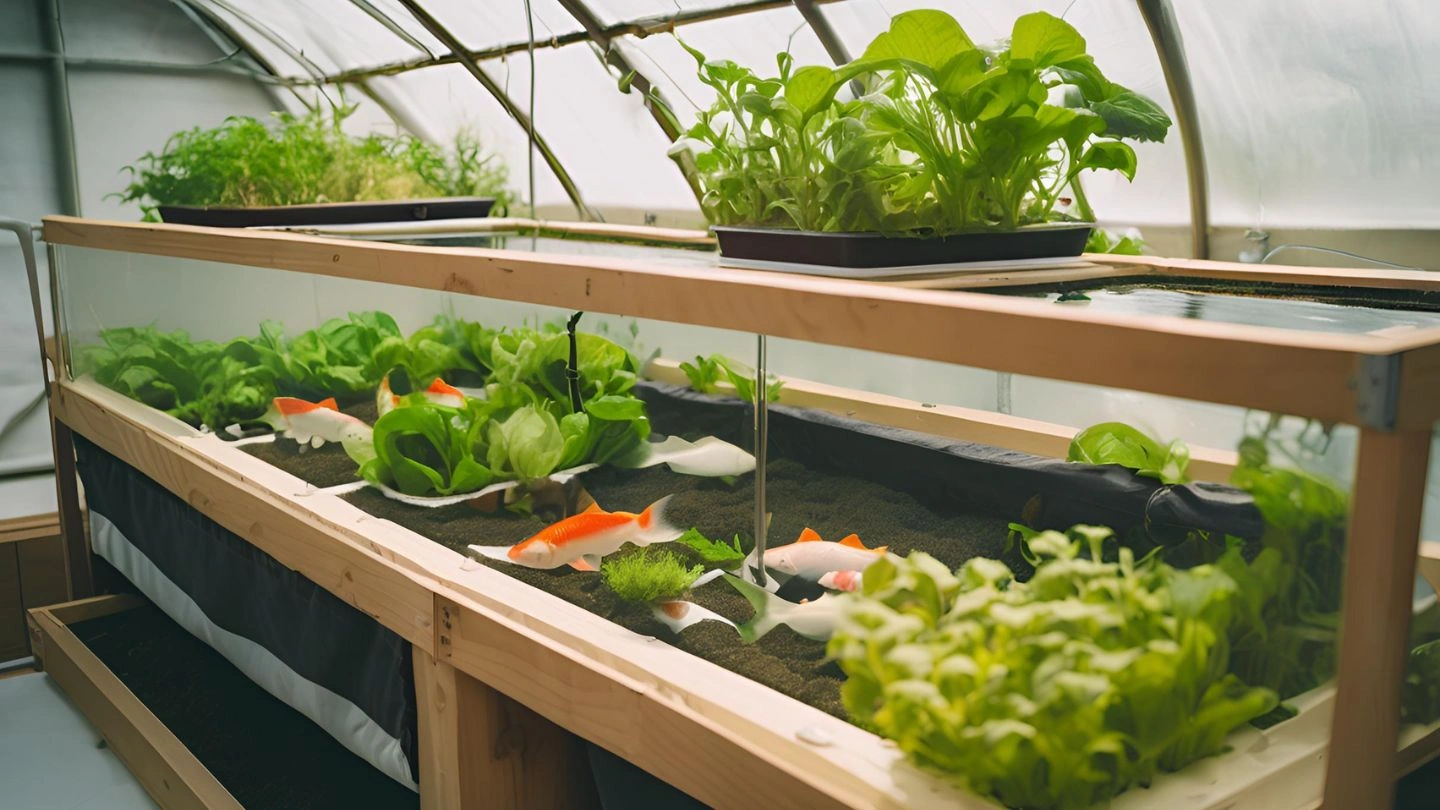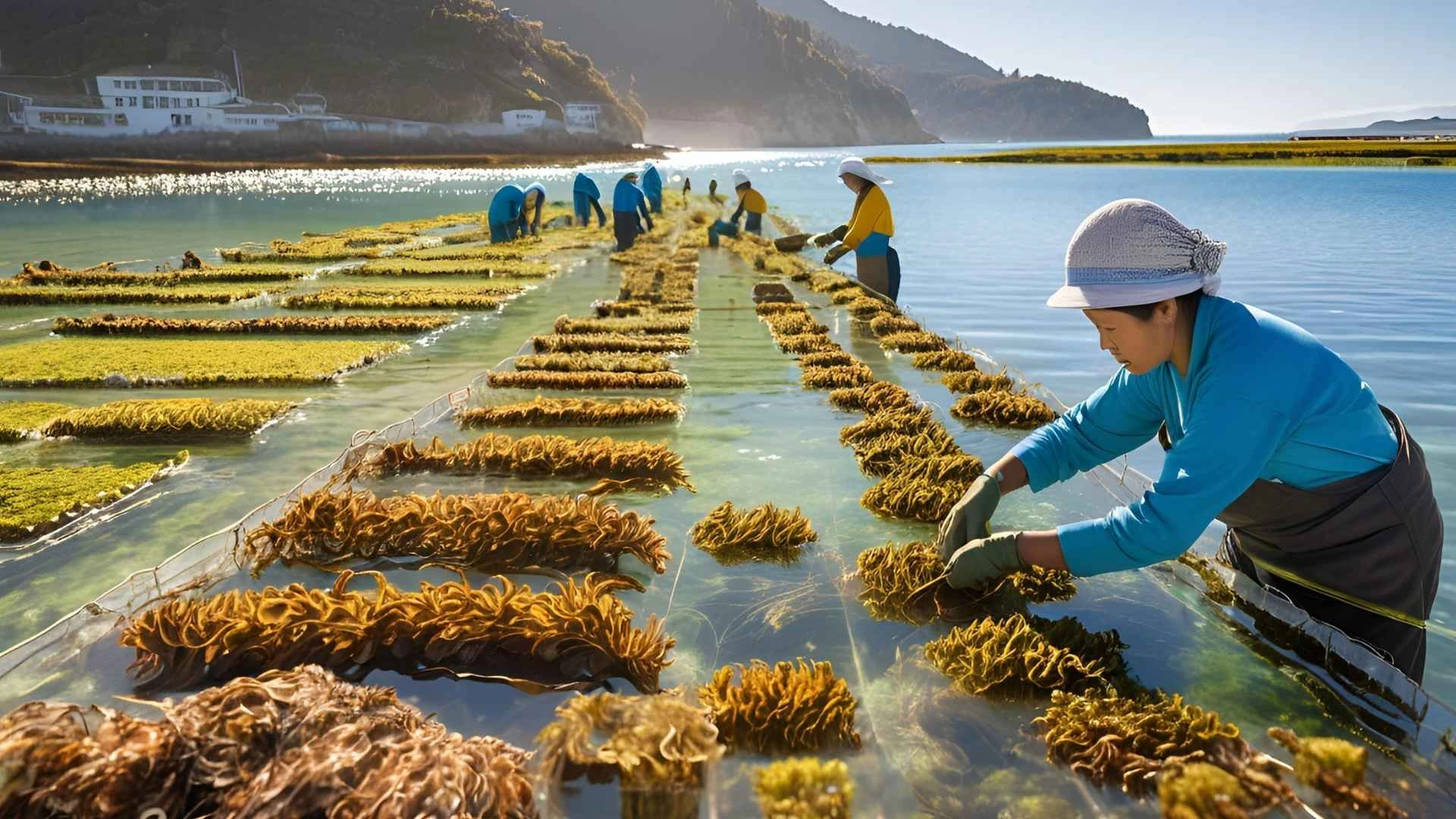Aquaponics: The Smart System for Growing Fish Naturally
Imagine a farming system that doesn’t just grow crops, but also raises fish naturally. Aquaponics is changing the way we think about farming. It’s an innovative system that allows you to grow both plants and fish in a sustainable, symbiotic environment. Perfect for both beginners and experienced farmers, aquaponics offers the chance to farm in ways that protect the environment and reduce resource consumption. Ready to discover how aquaponics works? Let’s explore!
Contents
- 1 What is Aquaponics?
- 2 Historical Background of Aquaponics
- 3 Types of Aquaponics Systems
- 4 How Does Aquaponics Work?
- 5 Components of Aquaponics Systems
- 6 The Benefits of Aquaponics
- 7 Challenges and Considerations of Aquaponics
- 8 Practical Applications of Aquaponics
- 9 Getting Started with Your Aquaponics Fishery FnB: A Game-Changer for Local Fish Farmers
- 10 Conclusion: Embrace Aquaponics for a Greener Future
- 11 Frequently Asked Questions
What is Aquaponics?
Aquaponics is an integrated, environmentally-friendly farming technique that combines aquaculture (fish farming) with hydroponics (soil-free plant farming). In this system, fish waste acts as a natural fertilizer for plants, and the plants help filter and purify the water, which is then returned to the fish tank. It’s a closed-loop ecosystem that benefits both plants and fish, ensuring that resources are used efficiently and sustainably.
This system allows for year-round production, making it a viable solution for food security in both urban and rural areas. If you’re looking to produce fresh fish and vegetables with minimal environmental impact, aquaponics could be your solution.
Historical Background of Aquaponics
Aquaponics isn’t just an innovative pond fishery or a modern concept—it’s rooted in history. The practice dates back to ancient civilizations like the Aztecs, who cultivated crops on floating gardens in lakes, known as chinampas. These early practices were one of the first known instances of aquaponic systems, where the combination of aquatic life and agriculture created a self-sustaining environment.
Fast forward to today, and aquaponics has evolved with modern technology and scientific advancements. It has become a practical and scalable method of farming, making it accessible to everyone, from small home gardeners to large commercial farms. The efficiency and sustainability of aquaponics are helping to pave the way for a more environmentally-friendly future.
Types of Aquaponics Systems
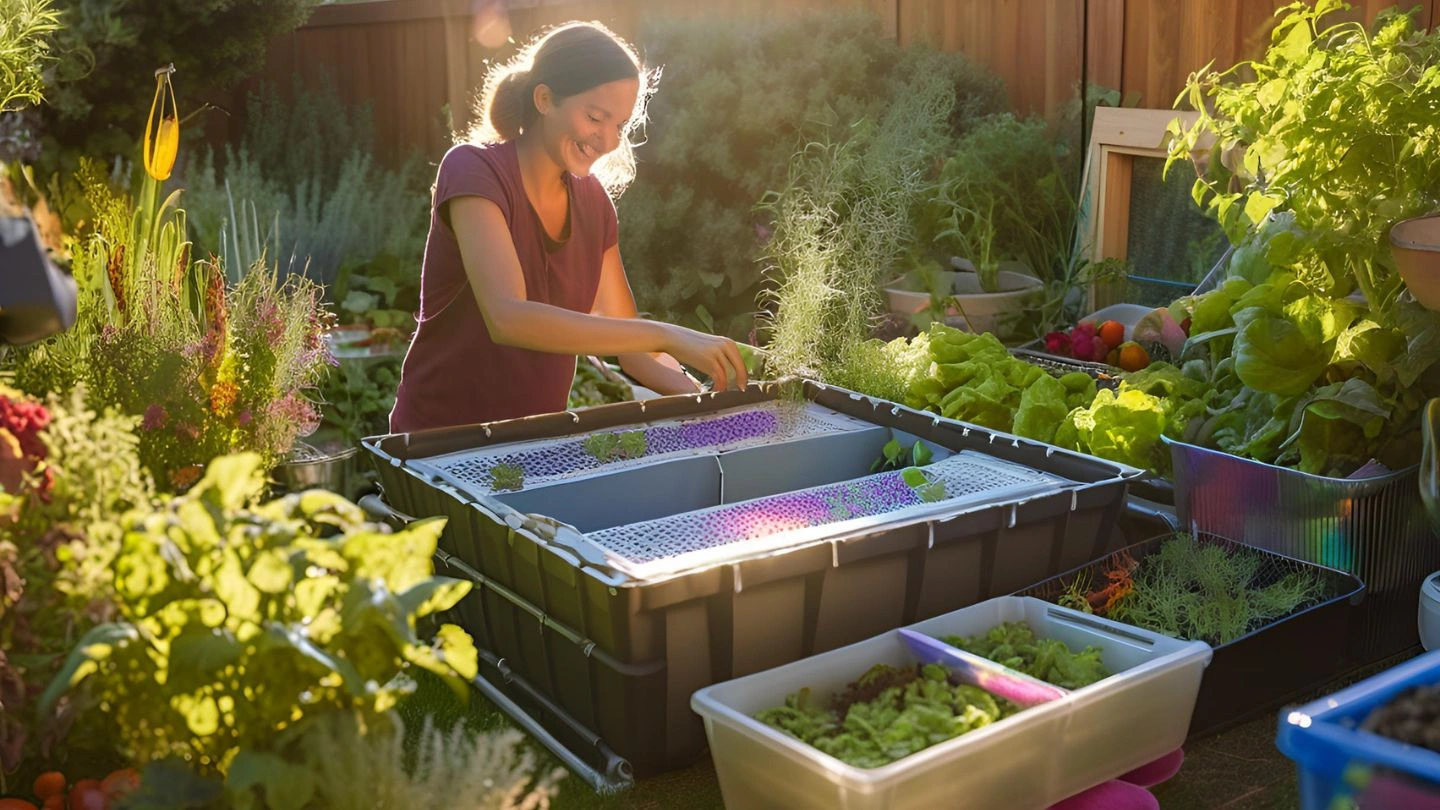
Not all aquaponics systems are the same, and choosing the right one depends on your space, resources, and goals. Here’s a closer look at the most popular types:
- Media-Based Aquaponics: This system uses a medium like gravel, clay pellets, or expanded clay to support plant roots. The medium helps filter the water while providing a habitat for beneficial bacteria. It’s ideal for those looking to start small but expand as they learn.
- Deep Water Culture (DWC): This system allows plants to float on a nutrient-rich water surface, with roots submerged directly in the water. DWC systems are typically used for leafy greens like lettuce and herbs, and they are a great choice for those looking to grow a lot of plants in a limited space.
- Nutrient Film Technique (NFT): NFT systems use a thin film of water flowing over plant roots, allowing them to absorb nutrients. This system works best for lightweight, fast-growing plants like herbs and leafy greens. It’s a very efficient system but requires careful monitoring of water flow and nutrient levels.
Choosing the right system will depend on factors such as the type of fish you plan to raise, the space available, and your long-term farming goals. Understanding each system’s benefits and limitations is key to making the right choice for your aquaponics setup.
How Does Aquaponics Work?
Aquaponics is a perfect balance between fish and plants. Here’s how it works in simple steps:
- Fish Tank: Fish like Black tilapia can be integrated into aquaponic systems or trout are placed in the fish tank, where they produce waste, which is rich in ammonia.
- Biofiltration: The waste is broken down by beneficial bacteria into nitrates and nitrites. This process helps filter the water and turns harmful substances into nutrients that plants can use.
- Plant Growth: Water, now rich in nutrients, is pumped into the grow beds where plants like lettuce, tomatoes, or herbs are cultivated. The plants take up these nutrients to grow while naturally purifying the water.
- Water Return: The cleaned water is then returned to the fish tank, where the cycle starts again.
By mimicking nature’s cycles, aquaponics is not only highly efficient but also incredibly sustainable. The closed-loop nature of the system reduces water use by up to 90% compared to traditional farming methods, making it ideal for regions where water is scarce.
Components of Aquaponics Systems
Setting up a successful aquaponics system requires several key components, each working together to create a healthy, sustainable ecosystem:
- Fish Tank: The heart of the system where fish live and produce waste.
- Grow Beds: Where plants grow and absorb nutrients from the fish waste.
- Water Pump: Moves water between the fish tank and grow beds, ensuring continuous circulation.
- Aeration System: Keeps the water oxygenated, which is essential for both fish and plants to thrive.
- Filtration System: Helps remove solid waste from the fish tank, ensuring the water stays clean.
By maintaining these components, you create a balanced ecosystem that requires less maintenance than traditional farming and delivers sustainable, fresh produce.
The Benefits of Aquaponics
Why choose aquaponics over traditional farming? Here are just a few of the incredible benefits:
- Water Conservation: Aquaponics uses up to 90% less water than traditional farming methods.
- Sustainability: The system is a closed loop, reducing the need for external inputs like fertilizers and pesticides.
- Higher Yields: Both fish and plants grow faster and more efficiently in aquaponic systems.
- Eco-Friendly: By reducing water use, minimizing chemical inputs, and eliminating soil degradation, aquaponics is an environmentally friendly farming method.
Whether you’re looking to grow fish for personal consumption or commercial sale, aquaponics provides a green, sustainable way to produce fresh, healthy food.
Challenges and Considerations of Aquaponics
While aquaponics offers great potential, it’s important to acknowledge its challenges. Some factors to consider include:
- Initial Setup Costs: Building an aquaponics system can require a significant upfront investment in equipment, fish tanks, and grow beds.
- Water Quality Management: Maintaining optimal water quality is essential. Regular testing of pH, ammonia, and nitrate levels is crucial for the health of both fish and plants.
- Technical Knowledge: A strong understanding of water chemistry and system management is necessary to avoid common mistakes and ensure a successful harvest.
Despite these challenges, the long-term benefits of aquaponics make it a worthwhile investment for those looking to farm sustainably and efficiently.
Practical Applications of Aquaponics
Aquaponics can be used in a variety of settings—from urban rooftops to large commercial farms. The practical applications are endless:
- Home Gardening: Grow fresh vegetables and fish in your own backyard, even in limited space.
- Commercial Farming: Aquaponics offers a scalable solution for businesses looking to grow fresh fish and produce without harming the environment.
- Community Projects: Aquaponics can be implemented in schools, community centers, and urban areas to promote local food production.
Aquaponics offers a unique way to farm that supports sustainability, making it an ideal solution for food production in a rapidly changing world.
Getting Started with Your Aquaponics Fishery FnB: A Game-Changer for Local Fish Farmers
Are you a local fish farmer in Indonesia without a pond for your fish farming needs? FnB Tech has the perfect solution for you! Our platform connects fish farmers like you with reliable pond rental options, giving you the resources to grow and expand your business. Plus, we’re actively seeking global investors who are eager to collaborate in the aquaculture sector, helping you scale your operations. Ready to take your aquaponics fishery to the next level? Click below to Contact us and start your journey toward success
Conclusion: Embrace Aquaponics for a Greener Future
Aquaponics is not just a farming method—it’s a vision for the future. By combining fish farming and plant cultivation in a sustainable, closed-loop system, aquaponics offers an efficient, eco-friendly way to produce food. Whether you’re a hobbyist or a business looking to innovate, aquaponics presents endless opportunities for growth, sustainability, and profit. Ready to explore a smart solution for your fishery? Click here for our solution to take your aquaponics venture to new heights with the support of Fishery FnB Tech.
Frequently Asked Questions
What are 3 types of aquaponics?
The three main types of aquaponics are media-based systems, nutrient film technique (NFT) systems, and deep water culture (DWC) systems.
How much is an aquaponics system?
The cost of an aquaponics system varies widely, ranging from $100 for small DIY setups to over $10,000 for large commercial systems.
What do I need to start aquaponics?
To start aquaponics, you need a tank for fish, a grow bed for plants, a water pump, filtration system, and proper bacteria to maintain the nitrogen cycle.

